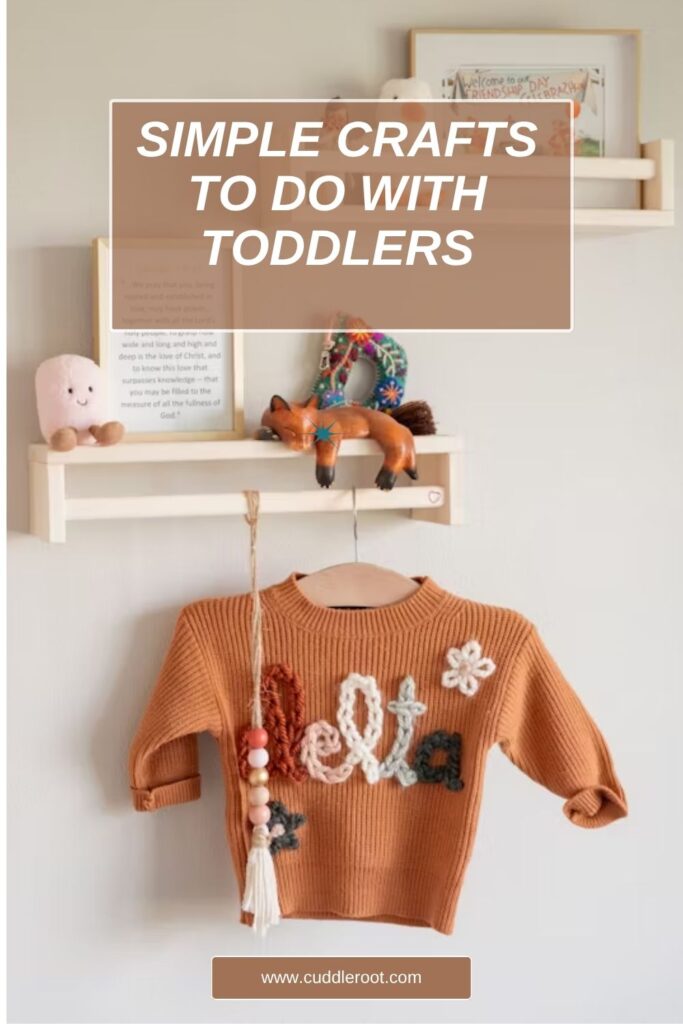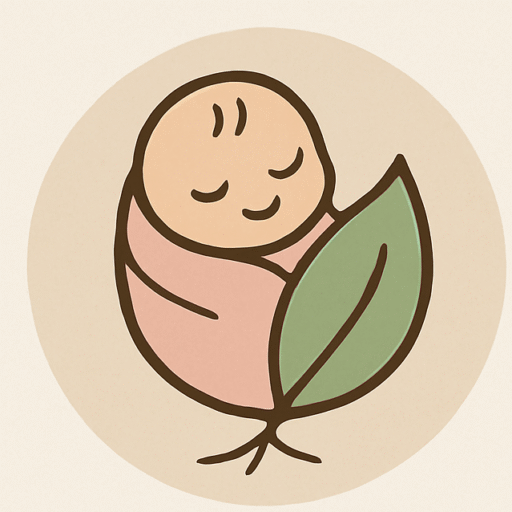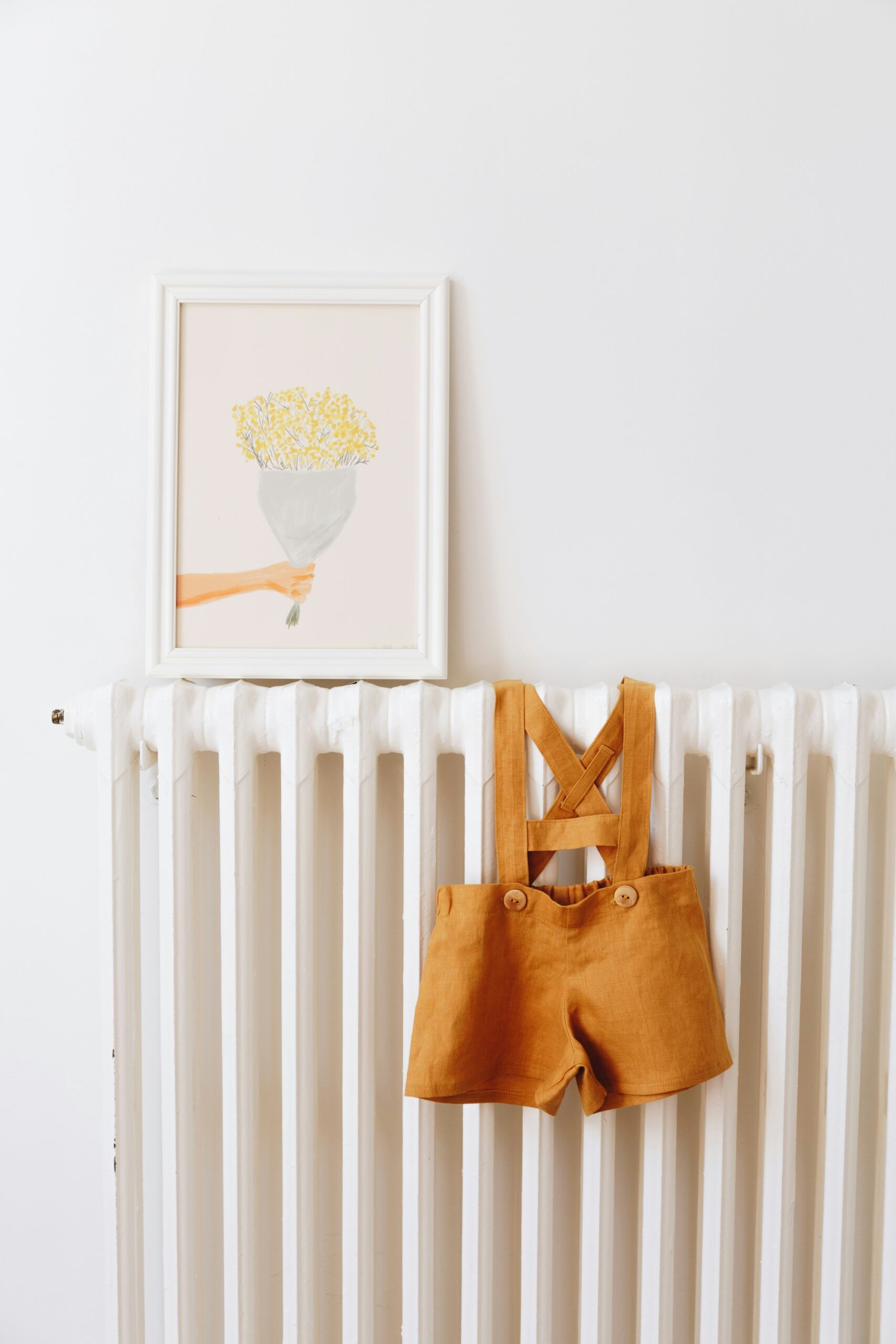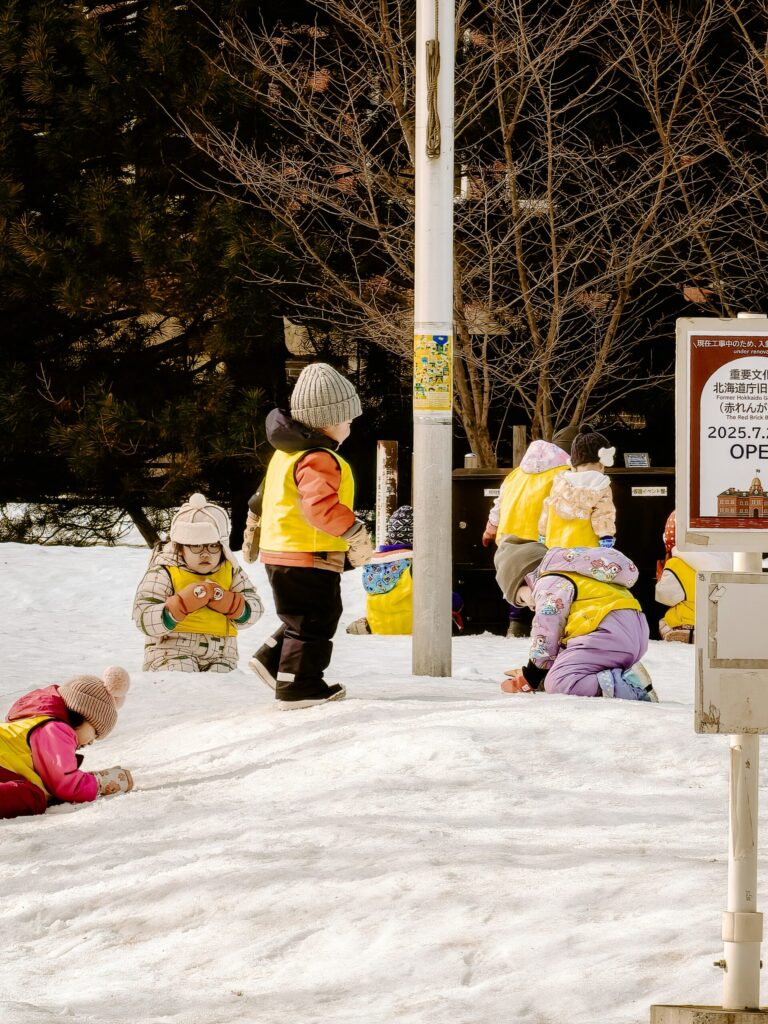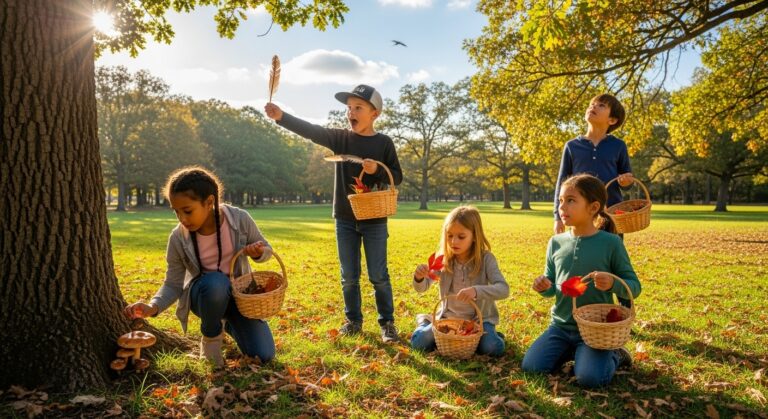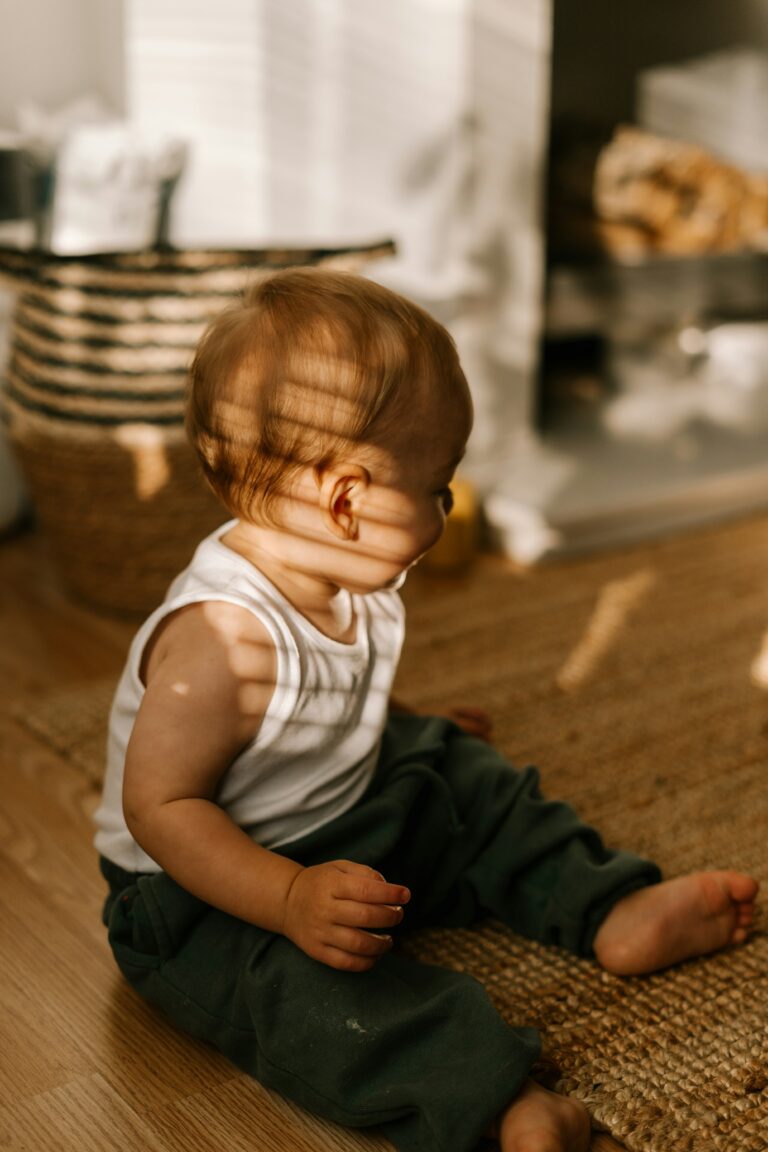Simple Crafts to Do With Toddlers
Easy, joyful ways to create and connect
🌿 The First Time We Got Messy Together
It started with torn construction paper, a glue stick, and a very serious toddler determined to make something “for Mama.” I didn’t know what it was supposed to be, but the way his little fingers pressed those crumpled shapes onto paper — the pride in his eyes — it became the most beautiful masterpiece I’d ever seen.
That moment reminded me that crafts with toddlers aren’t about the final result. They’re about the giggles when glue gets on noses, the joy of choosing colors, and the bond built during those quiet minutes side by side.
If you’re a tired mama craving connection but unsure where to start, this guide will walk you through simple, meaningful crafts that spark creativity — without stress or perfection.

Why Crafts Are So Powerful for Toddlers
Toddlers learn best through hands-on play. Crafting builds:
Fine motor skills
Color and shape recognition
Creative thinking
Language and storytelling
Confidence through creation
More than anything, crafts offer a calm, screen-free way to slow down and connect with your child. It’s an invitation to be present.
Tip: Focus on the process, not the product. Toddlers benefit from freedom and exploration, not pressure to create something specific.
Keep It Simple, Keep It Open-Ended
You don’t need fancy supplies or Pinterest-worthy ideas. Some of the best crafts come from materials you already have.
Start with:
Paper (colored, plain, or scrap)
Washable markers or crayons
Glue sticks
Child-safe scissors
Recyclables (toilet rolls, boxes, lids)
Stickers and tape
Set up a small “art basket” that your toddler can explore freely. Let them lead the way, and step in gently when they need support.
Tip: Set up crafting at the kitchen table or floor with a washable mat. Keeping the space contained helps everyone stay calm.

Paper Plate Animals
A classic and super easy craft. Grab some paper plates, glue, and colored paper, and turn plates into animal faces.
Cut out:
Ears, whiskers, or horns from paper
Use cotton balls for fur
Draw eyes or glue on buttons
Paint with fingers or brushes
Let your toddler choose which animal they want to make. Ask questions like, “What sound does your lion make?” to spark storytelling.
Tip: Even if it ends up looking more like a blob than a bear, your toddler’s imagination makes it perfect.
Nature Collage
Take a walk and collect leaves, flowers, twigs, and small pebbles. Back at home, glue them to cardboard to create a nature collage.
This activity connects toddlers to the seasons and encourages observation and mindfulness.
Lay out items and let your child explore textures
Use clear-drying glue so they can see their items
Name the objects together to build vocabulary
Tip: Snap a photo of the collage before it dries if you’re using fresh leaves or petals that may wilt later.
Sticker Stories
Stickers are magic for toddlers. Choose a sticker sheet with a theme — animals, vehicles, weather — and let your child create a “story” on a big piece of paper.
Ask gentle questions as they place stickers:
“Where is the cat going?”
“What happens next?”
Then let them draw or color around the stickers to expand their world.
Tip: This activity is perfect for quiet afternoons or while waiting for dinner to cook.

Sponge Painting
Cut old sponges into shapes (stars, hearts, circles) and let your toddler dip them into paint and stamp them onto paper.
Offer 2–3 colors at a time to avoid overstimulation
Use thick paper or cardboard for less tearing
Encourage layering and overlapping stamps
Tip: Keep a bowl of soapy water nearby for easy cleanup. Toddlers love washing the sponges afterward too!
Coffee Filter Butterflies
Flatten out coffee filters and let your toddler decorate them with markers or watercolor. Then, pinch the center and secure with a clothespin or twist tie to form butterfly wings.
Spread the wings and show them off on a windowsill
Talk about where butterflies live and what they eat
Let your toddler name each butterfly they create
Tip: Spray lightly with water to blend marker colors into a watercolor effect.
Paper Tearing Art
Tearing paper is a fantastic fine motor skill for toddlers. Give them colorful paper to rip and glue onto a blank page.
Let them create rainbows, flowers, or just joyful abstract art
Use recycled magazines, tissue paper, or wrapping paper scraps
Make a “mosaic” by overlapping torn pieces
Tip: Offer glue sticks instead of liquid glue for easier control.
Sensory Collage Boards
Use textures like felt, sandpaper, foil, cotton, or bubble wrap. Let your toddler glue pieces to cardboard to make a “touch and feel” board.
Label each texture: soft, rough, bumpy
Talk about how each one feels
Let them play with the board afterward like a sensory book
Tip: This is great for toddlers who love exploring with their hands and need sensory input.
Edible Paint for Messy Days
Make safe, edible paint from yogurt and food coloring or cornstarch and water. Let your toddler finger paint without worry.
Paint on foil, a tray, or even a high chair
Create rainbows, handprints, or messy masterpieces
Take photos of their creations before cleanup
Tip: Save this one for bath time afterward!
Cardboard Creations
Don’t toss that Amazon box! Cardboard is a toddler craft treasure.
Cut out masks, cars, animal shapes
Create a cardboard town for toy cars
Let them color and decorate their own house or “store”
Tip: Give them crayons or paint pens instead of markers if the cardboard is rough.
Celebrate the Craft, Not the Cleanup
It’s okay if the floor gets messy or the glue goes on thick. What your toddler will remember is how you smiled when they showed you their art. How you sat beside them, unrushed and curious.
Keep a few of their favorites on display
Create an “art wall” or string line with clothespins
Take photos to make a digital scrapbook later
Tip: Always say something specific and encouraging. “You used so many colors!” or “I love how happy your sun looks!”

Gentle Boundaries During Craft Time
Toddlers sometimes eat the glue or color the wall. That’s okay. Set clear, gentle boundaries during crafting.
“We use markers on the paper.”
“Let’s keep the scissors on the table.”
“I see you’re excited—let’s use the sponge gently.”
Redirect with kindness, model the behavior, and keep expectations realistic.
Tip: If your toddler is tired or melting down, pause and return to crafting another time. It’s not about finishing—it’s about connecting.
Final Thoughts: Your Toddler Is an Artist
Craft time doesn’t need to be structured, educational, or perfect. It just needs to be real. Messy fingers, happy chatter, and tiny moments of presence go further than we realize.
You’re not just making crafts—you’re making memories. You’re showing your toddler that creativity matters, that their ideas have value, and that their time with you is safe and sacred.
Let go of Pinterest pressure. Choose joy. Choose connection. Choose glue on your sleeves and pride in your toddler’s eyes.
You’re doing beautifully.
💾 Save & Share
📌 Loved these toddler craft ideas? Save this post to your Kids Activities or Gentle Parenting board on Pinterest
💬 What’s your child’s favorite craft to do at home? Share it below and inspire another mama
